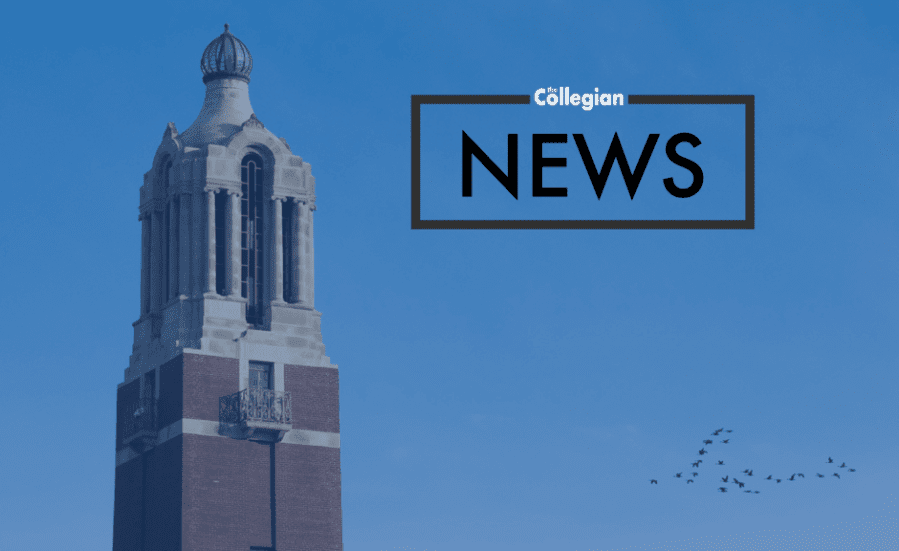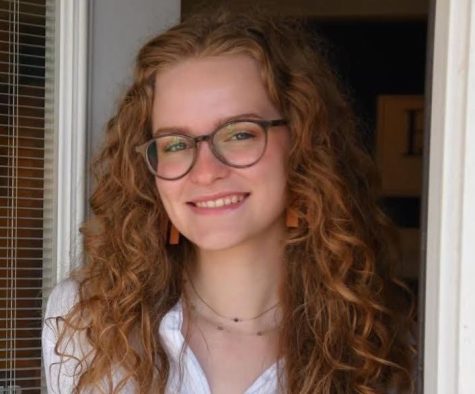College of Arts, Humanities and Social Sciences works to offset $900,000 cut
May 15, 2020
Due to an estimated revenue shortfall of $2.2 million, South Dakota State University has made significant cuts to the budget for the fiscal year 2020-21, especially within the College of Arts, Humanities and Social Sciences (CAHSS).
Dr. Lynn Sargeant, dean of the CAHSS, is expected to reduce the college’s budget by $897,185, according to the March budget cut memorandum.
This reduction is significantly higher than that of other colleges. The College of Agriculture, Food and Environmental Sciences is expecting a reduction of $458,630, while the College of Pharmacy and Allied Health Professions has only a $223,412 reduction.
While the nearly $900,000 reduction seems a lot, Sargeant states that this is because the CAHSS caters to almost every student in some capacity.
The massive budget reduction is due in part to the decreased attendance rate, high school dual credit and tuition discounting. The CAHSS is hit the hardest because of the numerous general education courses, like speech, taught within the college.
“We thrive when enrollment goes up at the university because we deliver a lot of credit hours and that generates revenue for us,” Sargeant said. “But when enrollment declines at the university, even if that’s fewer nursing majors, we take a budget hit because we teach the nursing majors.”
According to Sargeant, cuts will be made to teaching staff and graduate programs along with restructuring current practices.
“The decision to suspend the sociology graduate program is very painful. But it’s a suspension, not a termination. So we have some time to restructure it to be financially sustainable,” Sargeant said.
Grants and other revenue-generating outlets are hard to come by for the CAHSS. This is partially due to the fact that many people in CAHSS colleges can produce their work on smaller amounts of money. However, there are societal forces that block the number of grants at work as well.
“There is a devaluing or undervaluing of the disciplines of the arts, humanities and social sciences,” Sargeant said. “Grants come from the federal government, they come from state agencies, they come from corporations and foundations. And so what they value is where they take their dollars.”
To make up for some of the revenue loss, the CAHSS is coming up with ways to incorporate money-generating streams, as well as appeal to federal agencies for grant money.
CAHSS created a “grant camp” to help faculty members write grant proposals and structure them in a way that is most successful to fund their research. This camp was held last summer with nine faculty members attending. The college plans to hold another camp for 10 CAHSS faculty members this summer too.
“All of them submitted grant proposals, and about half of them have already been successful,” Sargeant said. “Including faculty who previously applied for a particular grant and been rejected and this time around, they got it.”
CAHSS is not the only area with revenue loss; the entire university is struggling.
According to Associate Vice President of Finance and Budget Michael Holbeck, to help reduce the budget, travel was restricted to faraway conferences, reductions were made to discretionary spending and departments are told to be strategic about when new employees are hired.
One way that the university tries to gain dollars is by holding scholarship fundraisers.
“Our foundation (SDSU Foundation) is a big partner in us trying to raise scholarship dollars, that’s huge in recruiting students and raising enrollment,” Holbeck said.
While the CAHSS and the rest of the university are taking large hits to their budgets, they are still committed to delivering the same level and quality of service to SDSU students.
“There is no question that we are facing a challenging time in higher education,” Sargeant said. “Nevertheless, both the College of Arts, Humanities and Social Sciences and South Dakota State University as a whole have a strong foundation that will allow us to work through the current crisis of COVID-19, adjust to changing enrollment patterns, adapt innovatively in our delivery of the curriculum, achieve excellence in our disciplines in the classroom, in the field, and performances and exhibitions, in our research and scholarship, in our engagement with the community and in many other ways limited only by our imagination.”
Budget reductions per college:
College of Agriculture, Food and Environmental Science: $458,630
College of Arts, Humanities and Social Sciences: $897,185
College of Education and Human Sciences: $470,226
College of Natural Sciences: $327,493
College of Nursing: $408,708
College of Pharmacy and Allied Health Professions: $223,412
Jerome J. Lohr College of Engineering: $593,118






















